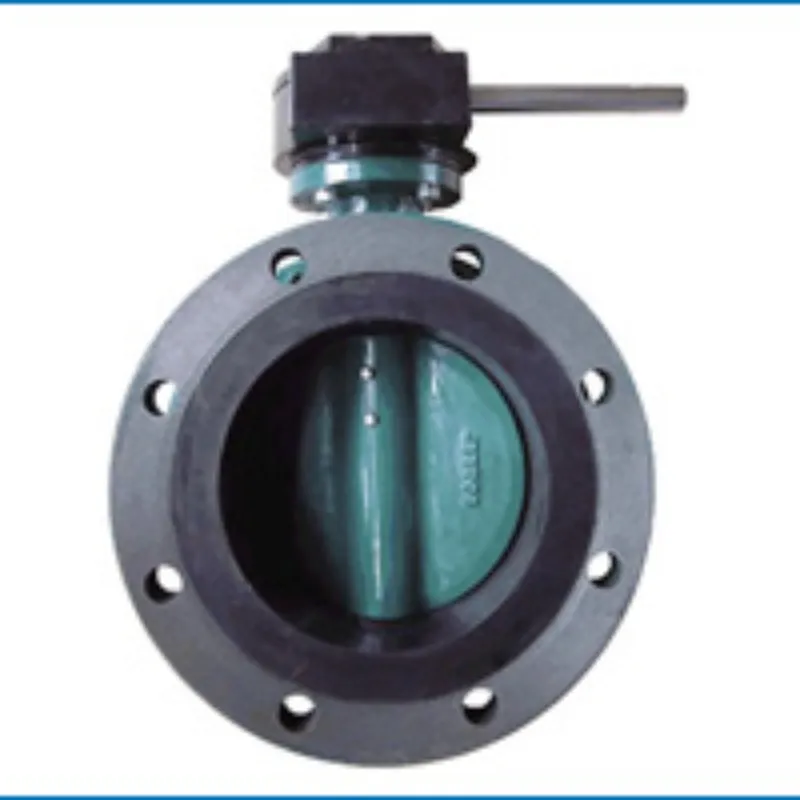Dez. . 11, 2024 01:02 Back to list
Flanged Butterfly Valve for Efficient Flow Control in Piping Systems
The Flange Butterfly Valve An Overview
In the vast landscape of industrial valves, the flange butterfly valve stands out as a crucial component in various fluid control systems. Its unique design, functionality, and versatility make it an indispensable part of modern engineering applications. This article explores the features, benefits, and uses of flange butterfly valves, highlighting their significance in multiple industries.
What is a Flange Butterfly Valve?
A flange butterfly valve is a type of quarter-turn valve that uses a rotating disc to regulate the flow of liquids or gases through a pipeline. The valve is named for its characteristic “butterfly” disc, which resembles the wings of a butterfly when the valve is in the open position. Flanged connections allow for secure attachment to pipes, ensuring a tight seal and minimizing the risk of leaks.
The fundamental working principle of a butterfly valve involves a rotating disk that pivots about a central axis. When the valve is closed, the disk completely obstructs the flow path, creating a seal. When fully opened, the disk is parallel to the flow, providing a minimal resistance to fluid dynamics, which is one of the reasons for its widespread use.
Key Features and Components
Flange butterfly valves are composed of several key components, including
1. Body The main structure of the valve, which holds all components together and connects it to the pipeline through flanged fittings. 2. Disc The rotating element that controls the flow of the medium. It can be constructed from materials such as stainless steel, ductile iron, or plastic, depending on the application. 3. Stem The shaft that connects the disc to the handle or actuator. It allows for the rotation of the disc when the valve is opened or closed. 4. Seal The material that prevents leakage around the disc. Seals can be made from various materials, including rubber, PTFE (Teflon), or metal, chosen based on the fluid's characteristics and temperature requirements. 5. Actuator Depending on the application, a flange butterfly valve can be operated manually or automatically using pneumatic, electric, or hydraulic actuators.
Advantages of Flange Butterfly Valves
1. Space-saving Design Compared to other types of valves, the flange butterfly valve is relatively compact, making it ideal for applications where space is limited.
flange butterfly valve

2. Low Pressure Drop Due to the design of the disc, these valves offer minimal resistance to flow, resulting in lower pressure drops across the valve, which enhances system efficiency.
3. Versatility Flange butterfly valves can handle a variety of fluids, including water, slurries, and gases, making them suitable for diverse applications in industries such as water treatment, food processing, chemical manufacturing, and HVAC systems.
4. Cost-effectiveness The simplicity of the design translates into lower manufacturing costs, making flange butterfly valves a cost-effective solution for many applications.
5. Ease of Maintenance The straightforward construction of these valves allows for easy inspection and maintenance. Many models can be serviced without requiring extensive disassembly.
Applications
Flange butterfly valves are widely used across several industries, including
- Water and Wastewater Management They are commonly employed in treatment plants for flow regulation and are essential in controlling distribution systems. - Oil and Gas Industry Flange butterfly valves can be found in pipelines that transport oil, gas, and other hydrocarbons, providing secure monitoring and control of flow rates. - Chemical Processing Their durability and ability to handle corrosive fluids make them ideal for use in chemical plants and laboratories.
- HVAC Systems These valves are used in heating, ventilation, and air conditioning systems to control airflow and optimize energy efficiency.
Conclusion
In conclusion, flap butterfly valves, especially those with flanged connections, play a vital role in fluid control systems across a multitude of industries. Their compact design, coupled with their efficiency, versatility, and cost-effectiveness, makes them an excellent choice for both modern engineering applications and traditional industrial uses. As technology advances, the design and functionality of these valves will continue to evolve, ensuring their relevance in the future of fluid management in various sectors. Understanding the characteristics and benefits of flange butterfly valves allows engineers and operators to optimize their systems, enhancing productivity and reliability.
Share